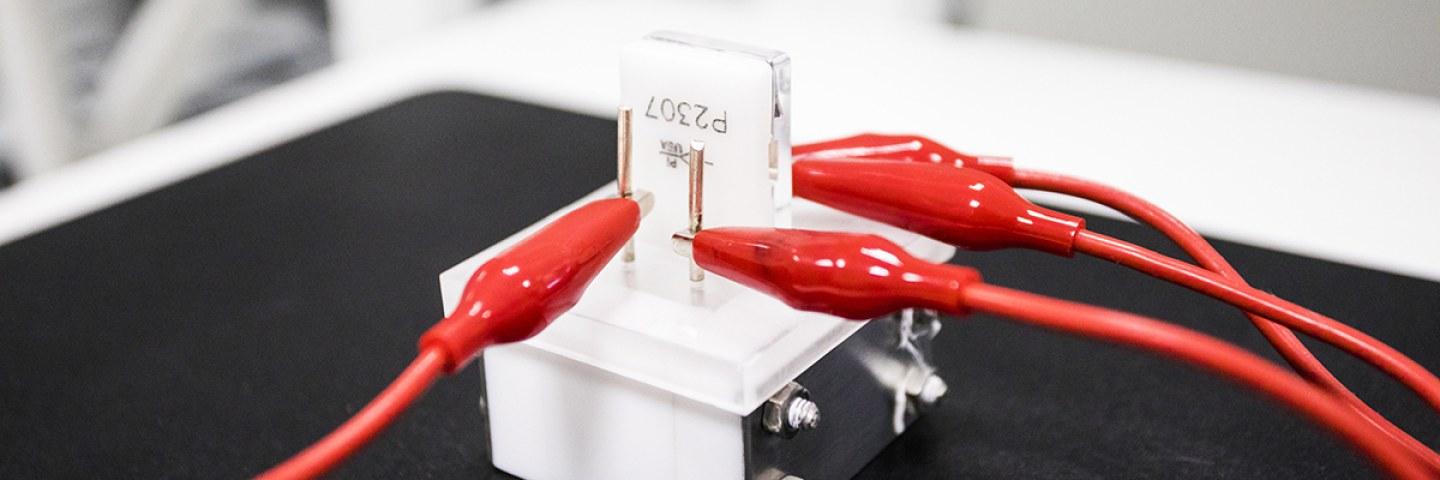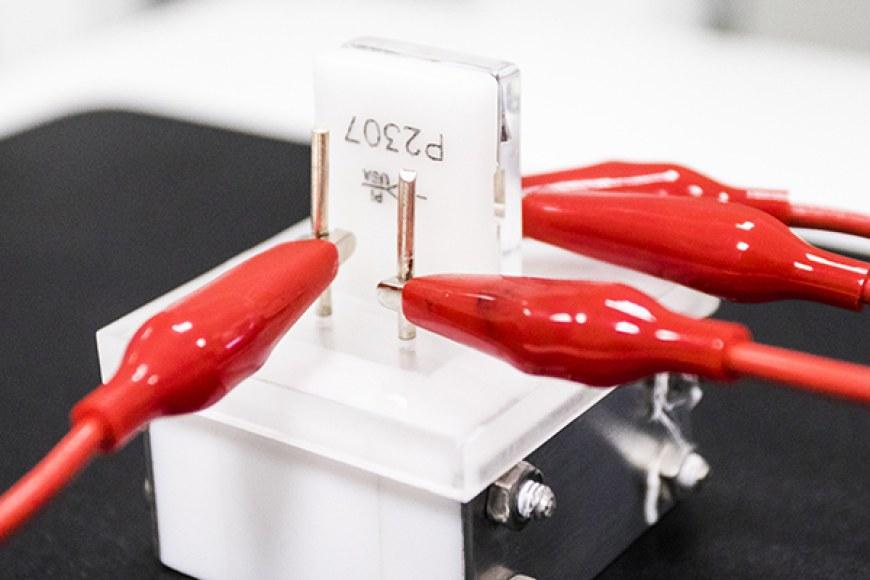
Electrical Impedance Spectroscopy (EIS)

Introduction
The facility is situated in Computational Biophysics and Imaging Group (CBIG) in Tampere University of Technology in ARVO building. We have two devices for impedance measurements and expertise on processing and analysis of impedance data.
EIS is a method of measuring the electrical impedance of a sample as a function of the frequency of an applied electrical current or voltage. Impedance is a measure of the resistance to the flow of an alternating current or voltage. Biological tissue exhibits electrical impedance, which varies with the frequency in a way that is related to the properties of the tissue. Tissue contains both resistive and capacitive properties resulting in a complex electrical impedance. EIS measurements will generate a spectrum that is characteristic of the biological tissue. Changes in the impedance spectrum can therefore be directly related to changes in the tissue.
EIS is powerful technique with many advantages over other techniques:
- Non-invasive
- Non-destructive
- Repeatable
Our devices can be used to measure biological objects such as humans or cell cultures, but also to measure materials, for example, their porosity.
Acknowledgement
All the users of the Electrical Impedance Spectroscopy (EIS) facility services are obligated to acknowledge the facility in publications: “The authors acknowledge the Tampere facility of Electrical Impedance Spectroscopy (EIS) for their service.”